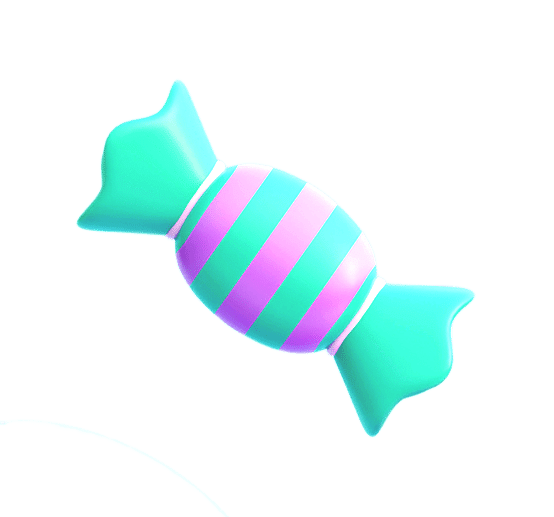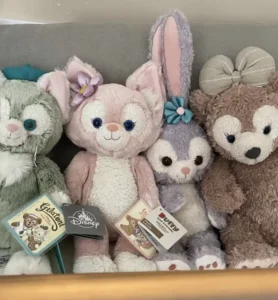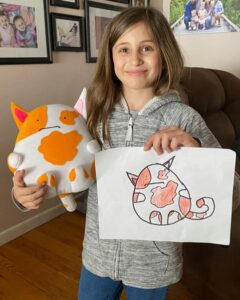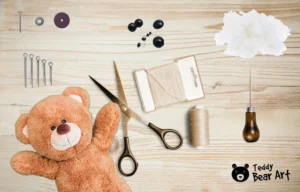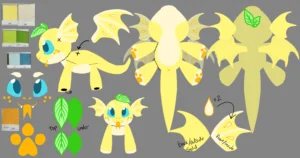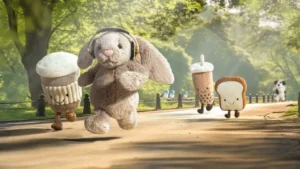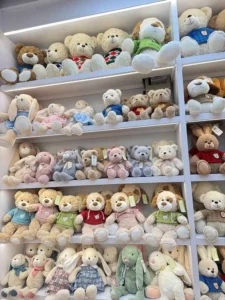Protecting your stuffed animal designs is essential in today’s competitive market. Understanding the legal framework helps secure your creative work and brand identity from imitation or misuse.
Copyright law can protect the unique artistic elements of stuffed animal designs, but it requires meeting originality criteria. Alongside trademarks and patents, copyright forms part of a broader intellectual property strategy that manufacturers use to safeguard their plush toy creations from infringement and unauthorized copying.
Let’s explore the key legal protections and processes relevant to stuffed animal designs.
1. What Legal Protections Apply To Stuffed Animal Designs And Creations?
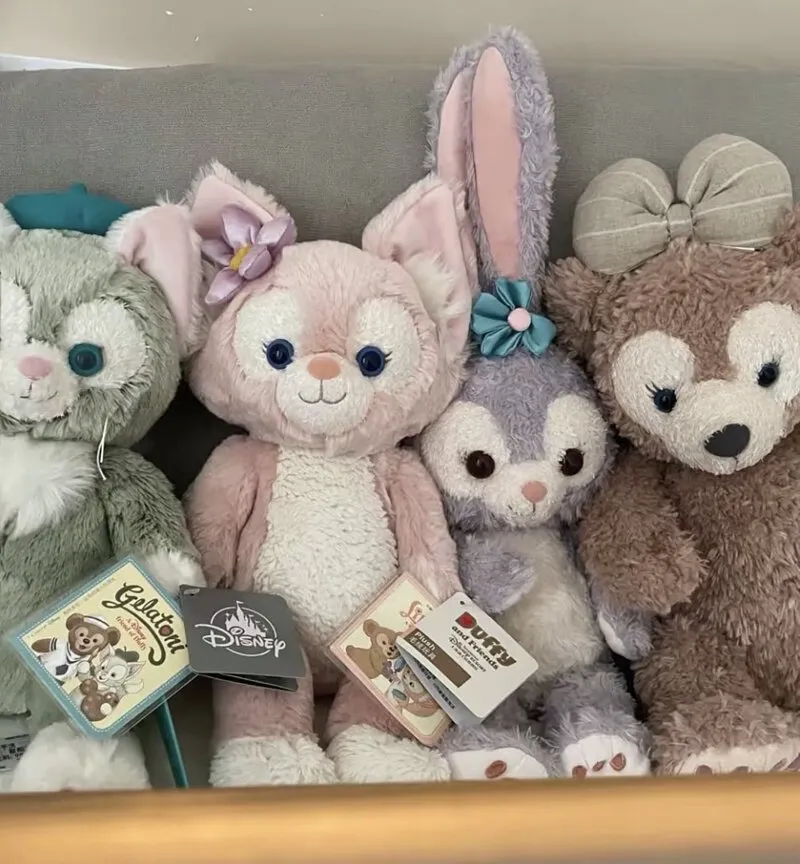
Several legal tools protect stuffed animal designs, including copyright, trademark, and patent laws.
- Copyright safeguards the artistic and original expression in plush toy designs.
- Trademarks protect brand names, logos, and distinctive product features.
- Design patents protect the ornamental design and shape of a stuffed animal.
- Trade dress can protect the overall look and packaging of a toy if distinctive enough.
These protections help manufacturers maintain exclusive rights and competitive advantage.
Stuffed animal designs can be legally protected through copyright, trademark, patent, and trade dress laws, securing both artistic and brand elements.
Each type of protection serves a different purpose and scope.
Copyright covers the original artwork, sketches, and fabric patterns that make the stuffed animal unique. It protects against unauthorized copying of these artistic elements.
Trademark secures the brand’s identity, such as logos sewn on the toy or the product name that distinguishes it in the marketplace.
Design patents prevent others from replicating the unique shape or ornamental features of the stuffed animal for a limited time, usually 15 years.
Trade dress protects the overall visual impression of the product and its packaging, provided it is non-functional and distinctive.
Understanding these distinctions helps manufacturers implement a comprehensive intellectual property strategy.
| Legal Protection Type | Coverage | Duration | Purpose |
|---|---|---|---|
| Copyright | Artistic designs and drawings | Life of author + 70 years | Protects original expression |
| Trademark | Brand names, logos | Renewable indefinitely | Protects brand identity |
| Design Patent | Ornamental design and shape | Up to 15 years | Protects design features |
| Trade Dress | Overall look and packaging | Potentially indefinite | Protects product appearance |
2. How Does Copyright Law Define Originality In Plush Toy Designs?
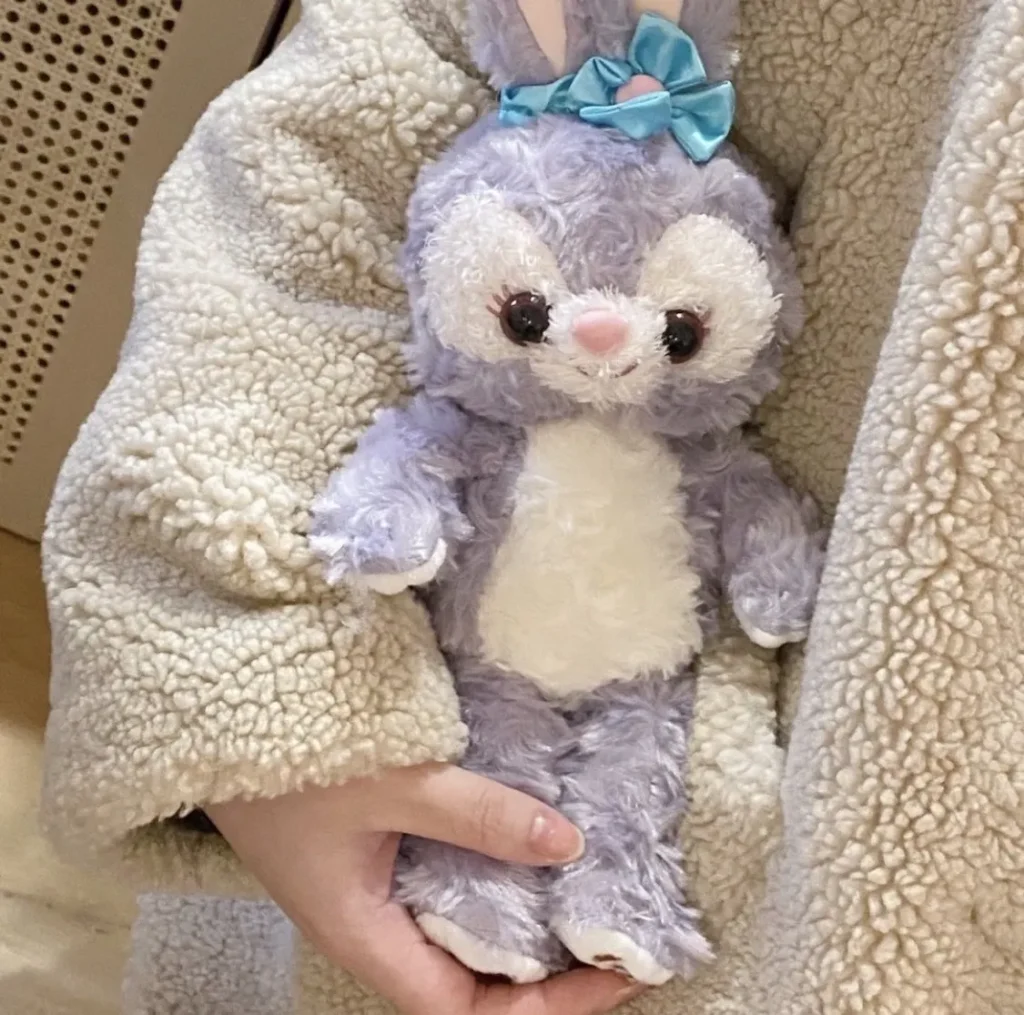
Originality is the cornerstone for copyright eligibility.
- The design must be independently created and possess at least a minimal level of creativity.
- Simple or common shapes without unique artistic input may not qualify.
- Original features such as distinct color patterns, embroidered details, or character likeness increase copyright eligibility.
- Copyright protects the specific artistic expression, not general ideas or functional aspects.
Meeting originality standards is key to enforceable copyright protection.
Copyright protects plush toy designs that demonstrate independent creation and unique artistic expression, excluding general ideas or common shapes.
The originality standard prevents copyright claims on generic or purely functional designs.
For instance, a basic teddy bear shape is common and may not be protected, but a teddy bear with unique embroidery, facial expression, and color patterns can be.
Designs must be fixed in a tangible medium — typically drawings, patterns, or physical prototypes.
The law protects the specific design elements, not concepts or themes.
Manufacturers often document design creation dates and drafts to prove originality if disputes arise.
This standard ensures only truly creative designs receive copyright safeguards.
| Originality Criteria | Description | Example |
|---|---|---|
| Independent Creation | Design made without copying | Artist sketches |
| Minimal Creativity | Slight artistic features | Unique embroidery |
| Fixed Medium | Documented physically or digitally | Prototype or drawings |
| Exclusion of Ideas | Only protects expression, not idea | General teddy bear shape |
3. What Are The Differences Between Copyright, Trademark, And Patent For Stuffed Animals?
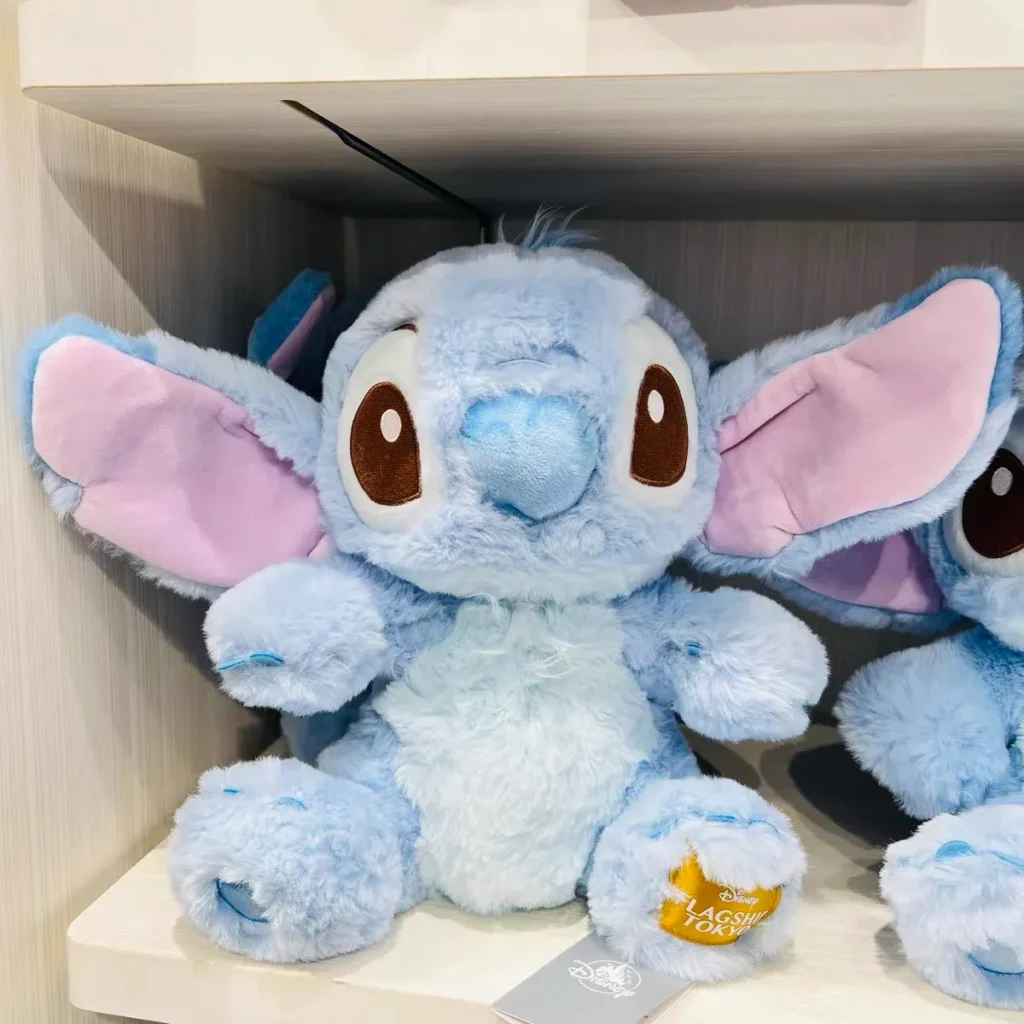
Understanding distinctions clarifies which protection suits your needs.
- Copyright covers the artistic and creative design elements.
- Trademark protects brand identity elements like logos and names.
- Patents protect new, novel, and non-obvious functional or ornamental features.
Each addresses different risks: copying designs, brand confusion, or product imitation.
Copyright protects design art, trademarks guard branding, and patents secure novel functional or ornamental toy features.
Many manufacturers combine protections for comprehensive coverage.
A stuffed animal’s unique face design can be copyrighted.
Its brand logo embroidered on a tag can be trademarked.
An innovative joint mechanism for movement may be patented.
Confusing these protections can risk incomplete intellectual property security.
Strategic use of all three types strengthens product exclusivity.
This understanding supports smarter IP management decisions.
| IP Type | Covers | Key Purpose | Example |
|---|---|---|---|
| Copyright | Artistic design | Prevent design copying | Embroidered facial features |
| Trademark | Brand identifiers | Avoid brand confusion | Logo and product name |
| Patent | Functional and ornamental features | Block competitors’ innovations | Movable limbs mechanism |
4. How Can Manufacturers Protect Their Plush Toy Designs From Infringement?
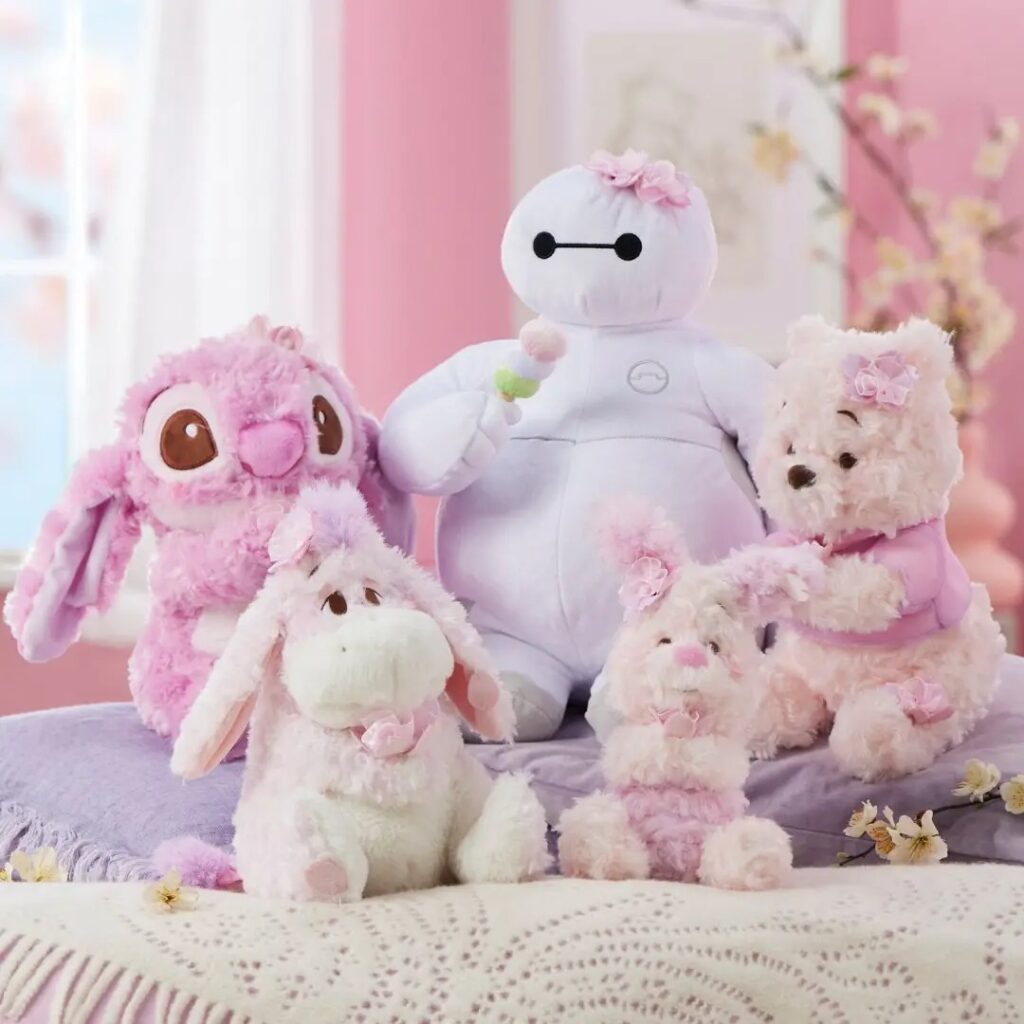
Proactive protection reduces legal risks.
- Register copyrights and trademarks with appropriate authorities.
- Use clear labeling with copyright and trademark notices.
- Monitor the market for counterfeit or knockoff products.
- Enforce rights through cease and desist letters or legal action.
- Educate clients and partners on the importance of respecting IP.
A strong defense deters infringement and protects brand value.
Manufacturers protect plush toy designs by registering IP rights, monitoring markets, enforcing rights, and educating stakeholders.
Registration establishes legal ownership and strengthens enforcement.
Copyright registration enables statutory damages in court.
Trademark registration provides nationwide exclusivity.
Market monitoring includes online platforms and retail checks.
Legal action can escalate from warnings to lawsuits.
Education fosters respect and reduces accidental infringements.
Combining these strategies safeguards long-term brand success.
| Protection Strategy | Description | Benefit |
|---|---|---|
| Registration | File copyrights and trademarks | Legal ownership and remedies |
| Labeling | Mark products with IP notices | Public awareness |
| Market Monitoring | Track potential infringements | Early detection |
| Enforcement | Send warnings or sue infringers | Deter copying |
| Education | Inform partners and clients | Reduce accidental misuse |
5. What Is The Process For Registering Copyright On Stuffed Animal Designs?
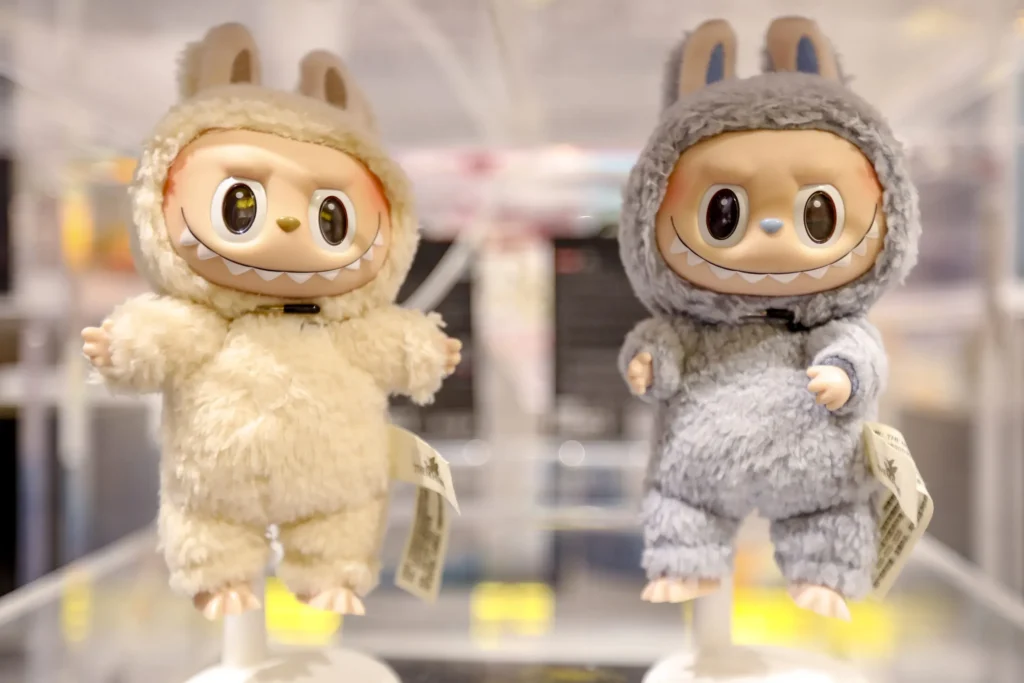
Registration is straightforward but essential.
- Prepare design documentation including drawings and samples.
- Complete the application form through the relevant copyright office.
- Submit supporting materials proving originality.
- Pay required fees.
- Receive registration certificate, establishing official record and rights.
Registration increases enforceability and legal clarity.
Register stuffed animal designs by submitting original work and documentation to copyright authorities, securing legal protection.
Well-documented design history supports registration.
Digital submission is common, speeding processing times.
Registration can take several months but is invaluable for legal disputes.
Renewals are usually not required for copyrights.
Manufacturers should keep copies of all filings and correspondence.
An official certificate simplifies infringement claims.
Registration costs vary by country but are affordable relative to potential losses.
| Step | Description | Tips |
|---|---|---|
| Documentation | Collect drawings and prototypes | Keep thorough records |
| Application | Fill copyright office form | Use online portals if available |
| Submission | Submit materials and fees | Double-check completeness |
| Processing | Office reviews application | Be patient |
| Certification | Receive official registration | Store documents securely |
6. How To Navigate International Intellectual Property Laws In The Plush Toy Industry?
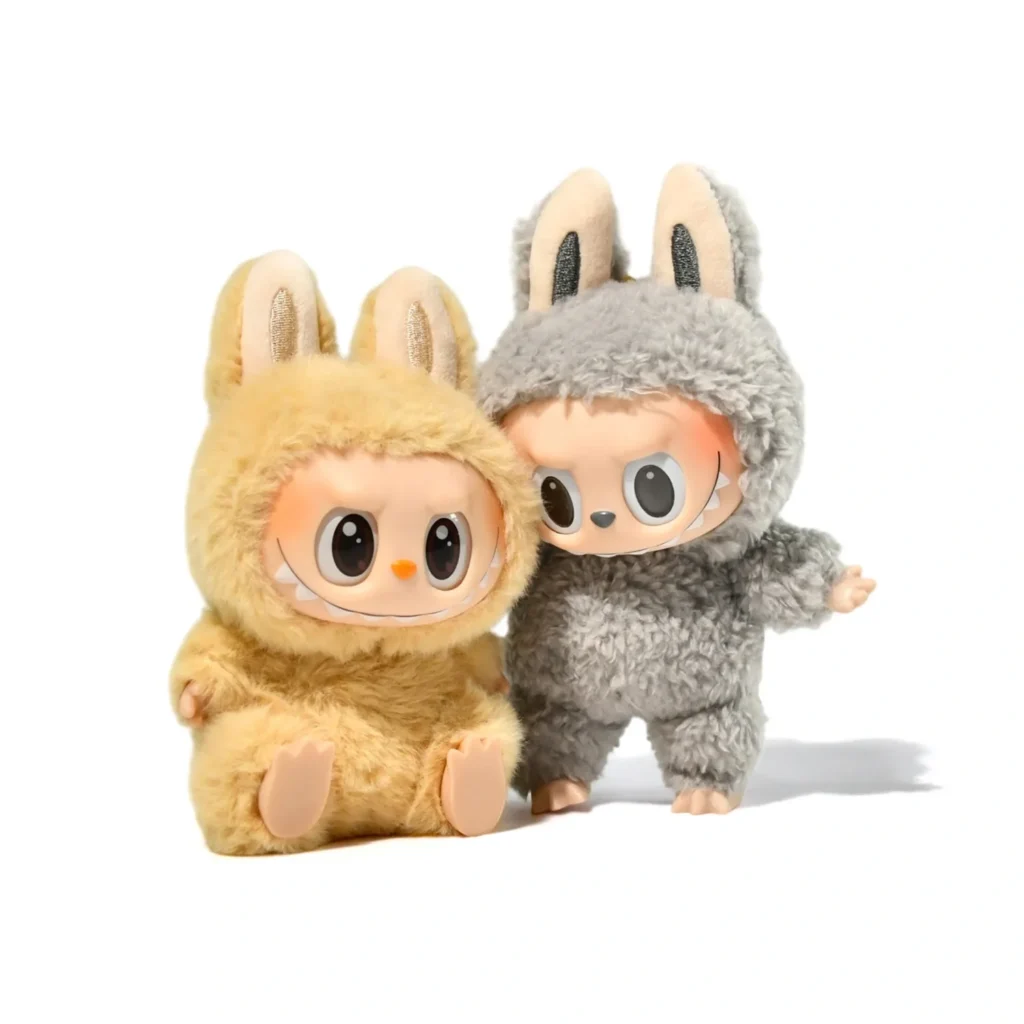
International protection requires understanding multiple jurisdictions.
- Use international treaties like the Berne Convention for copyright.
- Register trademarks in key export markets.
- Understand local patent laws for ornamental designs.
- Work with experienced IP attorneys familiar with toy industry laws.
- Monitor global markets for infringement and enforce rights accordingly.
Global strategies safeguard international sales and brand reputation.
Navigating IP laws internationally involves treaties, multi-market registrations, local legal expertise, and global monitoring.
The Berne Convention simplifies cross-border copyright recognition.
Trademark rights depend on country-specific registrations.
Patent laws vary widely; some countries may not protect design patents.
Local counsel helps interpret regulations and enforcement options.
Exporters should tailor IP strategies to each market.
International IP enforcement can be costly but is vital for major brands.
Collaborative efforts with customs and online platforms aid infringement control.
| International Aspect | Consideration | Strategy |
|---|---|---|
| Treaties | Global copyright recognition | Use Berne Convention |
| Trademark Registration | Required per country | Prioritize major markets |
| Patent Protection | Varies by jurisdiction | Consult local experts |
| Legal Expertise | Interpret and enforce laws | Engage specialized attorneys |
| Market Monitoring | Identify infringements worldwide | Use customs and platforms |
Securing your stuffed animal designs through IP laws protects creativity and brand value globally.
For expert guidance, reach out to Amanda at [[email protected]] or visit [https://plushtoyinchina.com].


